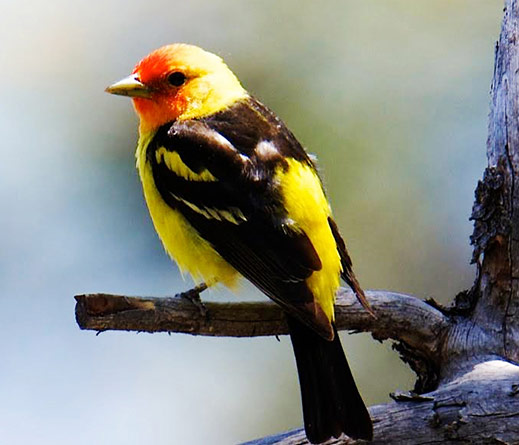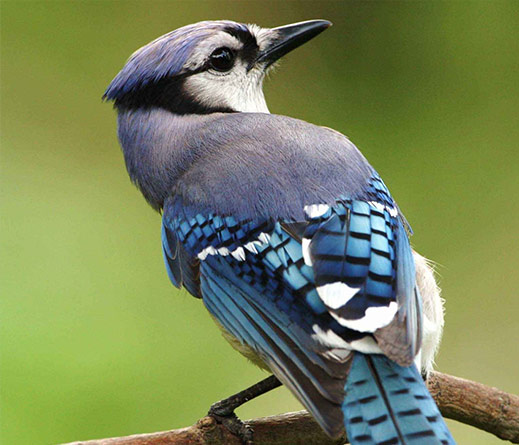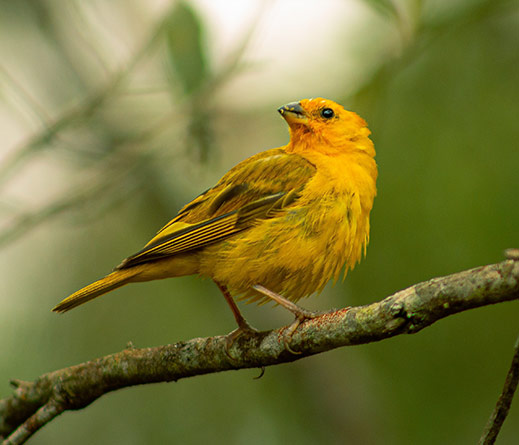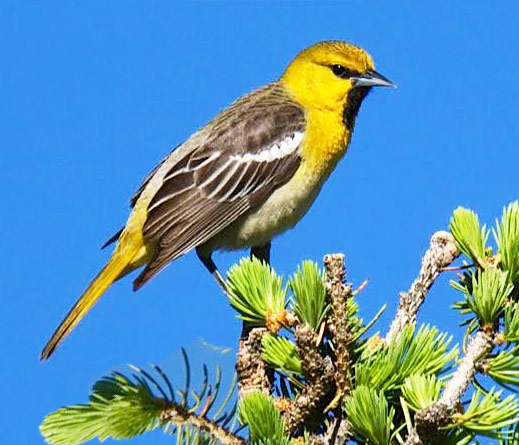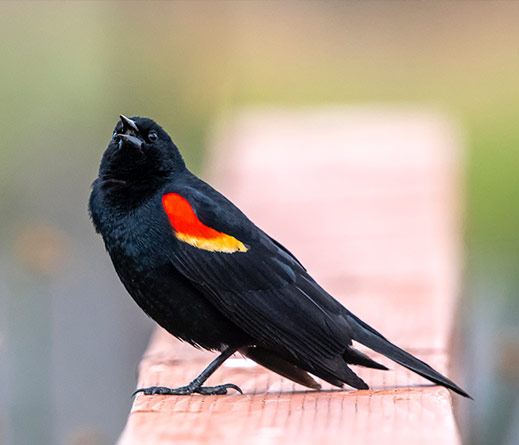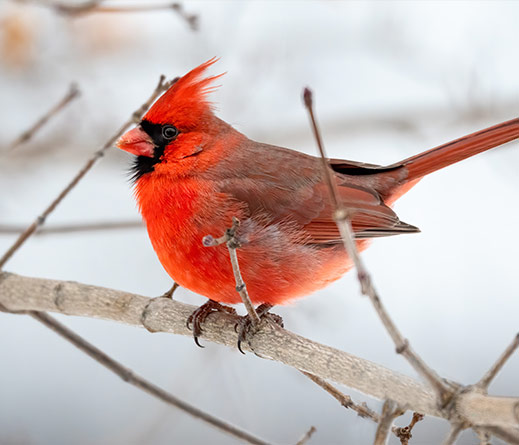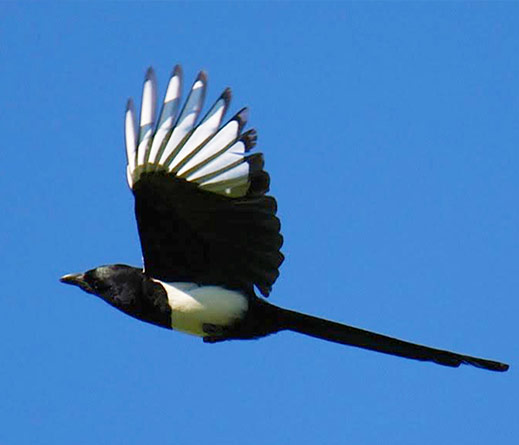My name is David Karchere, and I am the author of “A Conscious Guide to the Opening to the Sacred Power of the Endocrine Glands”, and of the bestselling book “Becoming a Sun: Emotional and Spiritual Intelligence for a Happy, Fulfilling Life”.
Fast links
Useful links
CONNECT
Receive new posts from David
straight to your inbox.
straight to your inbox.

